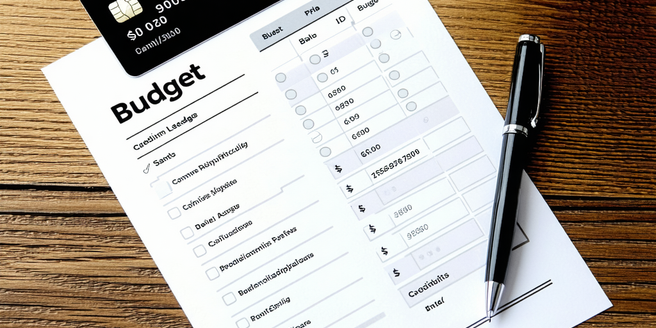
Understanding Minimum Payments
Minimum payments are the smallest amount you must pay each month on your credit card debt to avoid late fees. This seemingly minimal requirement can lead to a prolonged debt period due to accruing interest, as it mainly covers interest rather than the actual principal. By only making minimum payments, you risk paying significantly more in the long run while making little progress in reducing the overall balance. Credit card companies favor this as it generates higher interest income for them. It’s crucial to understand that consistently paying more than the minimum can speed up debt repayment and reduce interest costs. Developing a strategy to pay more than the minimum whenever possible helps in maintaining good credit health and achieving financial freedom sooner.
Exploring Balance Transfers
Balance transfers involve moving debt from one credit card to another, usually to take advantage of lower interest rates. This strategy is effective for consolidating multiple credit card balances onto a single card with a promotional rate. It offers an opportunity to reduce interest payments and expedite debt repayment. However, balance transfers often come with fees that can range from 3% to 5% of the transferred amount, and the promotional rate is generally temporary. Upon expiration, the interest rate may increase substantially. Additionally, new purchases on the card can accrue interest immediately at the standard rate. It is important to calculate the potential savings after fees and ensure you can pay off the balance before the promotional period ends to make this strategy truly beneficial.
Benefits of Debt Snowball Method
The debt snowball method is a popular debt reduction strategy that focuses on paying off the smallest debts first while making minimum payments on larger debts. This approach creates a sense of accomplishment and motivation as debts are eliminated one by one. The psychological benefit of seeing fewer creditors and smaller payment obligations can empower individuals to persist in their debt repayment journey. Once a smaller debt is cleared, you roll the amount previously paid on it into the next smallest debt, gradually increasing the total payment per debt. This can lead to a faster and more manageable path to being debt-free, especially for individuals who need frequent motivation to stay committed to their financial goals.
Debt Avalanche Strategy Advantages
The debt avalanche strategy offers an alternative to the debt snowball method by targeting the debts with the highest interest rates first. Although it may take longer to see progress initially, this approach saves more money in interest payments over time and can lead to faster overall debt repayment. By focusing on high-interest debts, you reduce the amount of interest accumulated each month, which can significantly decrease the total cost of debt. This strategy requires discipline and persistence, especially since the initial progress may be slower. However, for those committed to minimizing interest costs and expediting debt elimination, the debt avalanche is an effective method, especially when large, high-interest debts are overwhelming.
How to Negotiate Lower Interest Rates
Negotiating lower interest rates on your credit card can be a powerful tool in reducing debt. Start by reviewing your credit card statements and understanding your current interest rates. Research competitive rates and gather any relevant financial information to strengthen your argument. Contact your credit card company and confidently explain why you deserve a lower rate, citing your history of on-time payments, length of account, or better offers elsewhere. Being respectful and persistent can improve your chances of success. If initially denied, ask to speak to a supervisor or consider switching to a card with a better rate. Securing a lower rate can lead to significant savings in interest, enabling faster debt repayment and improved financial health.
